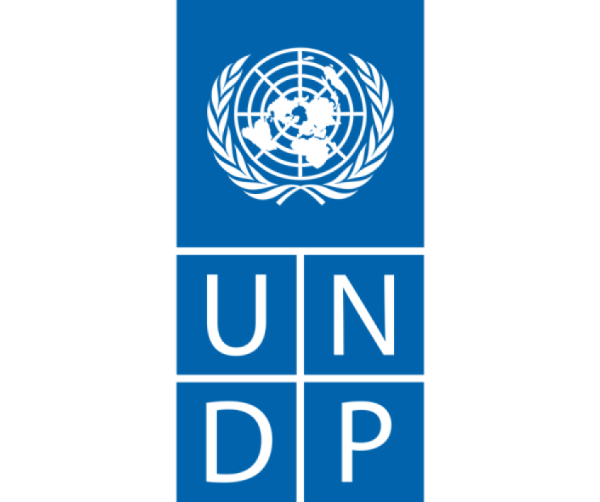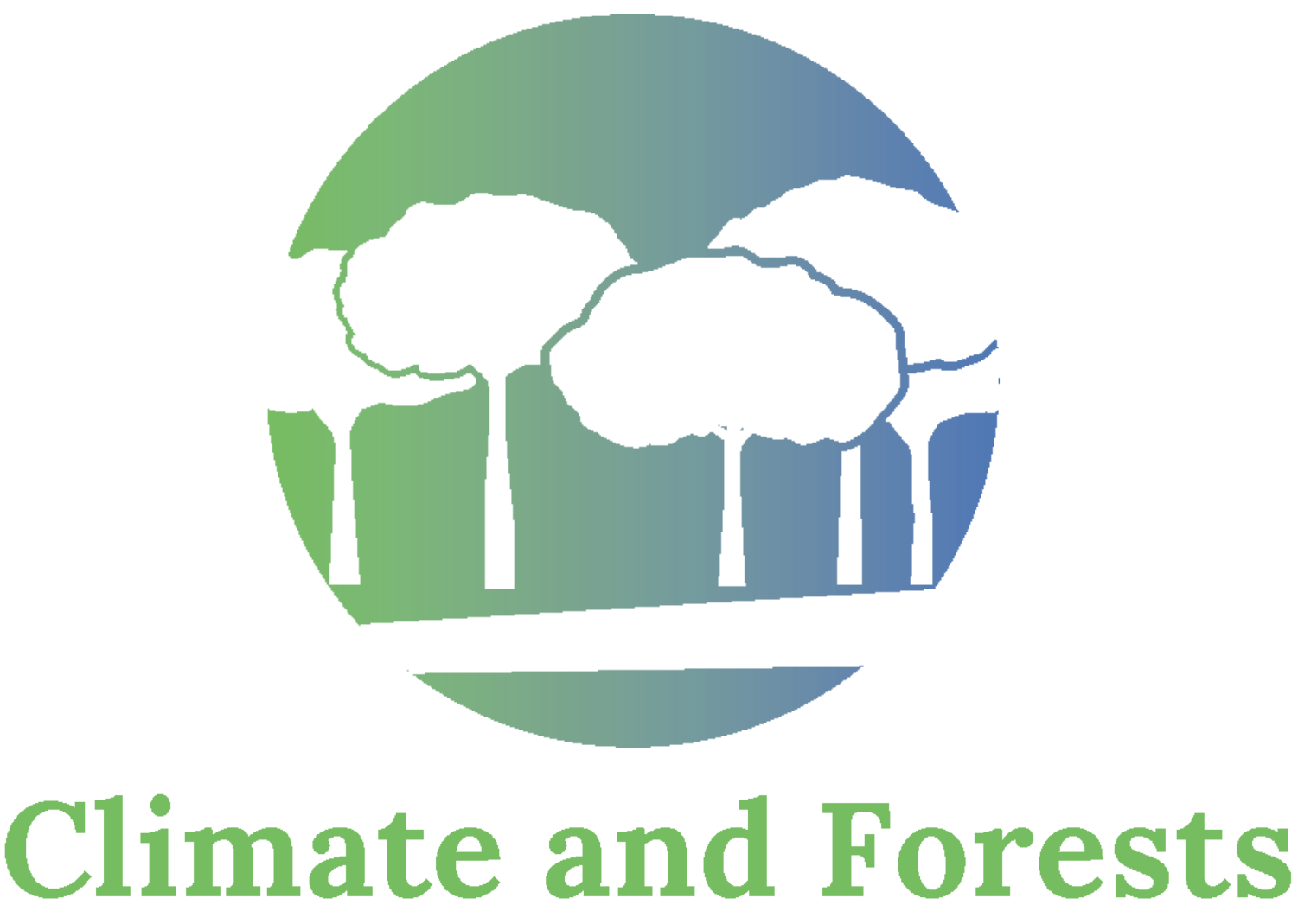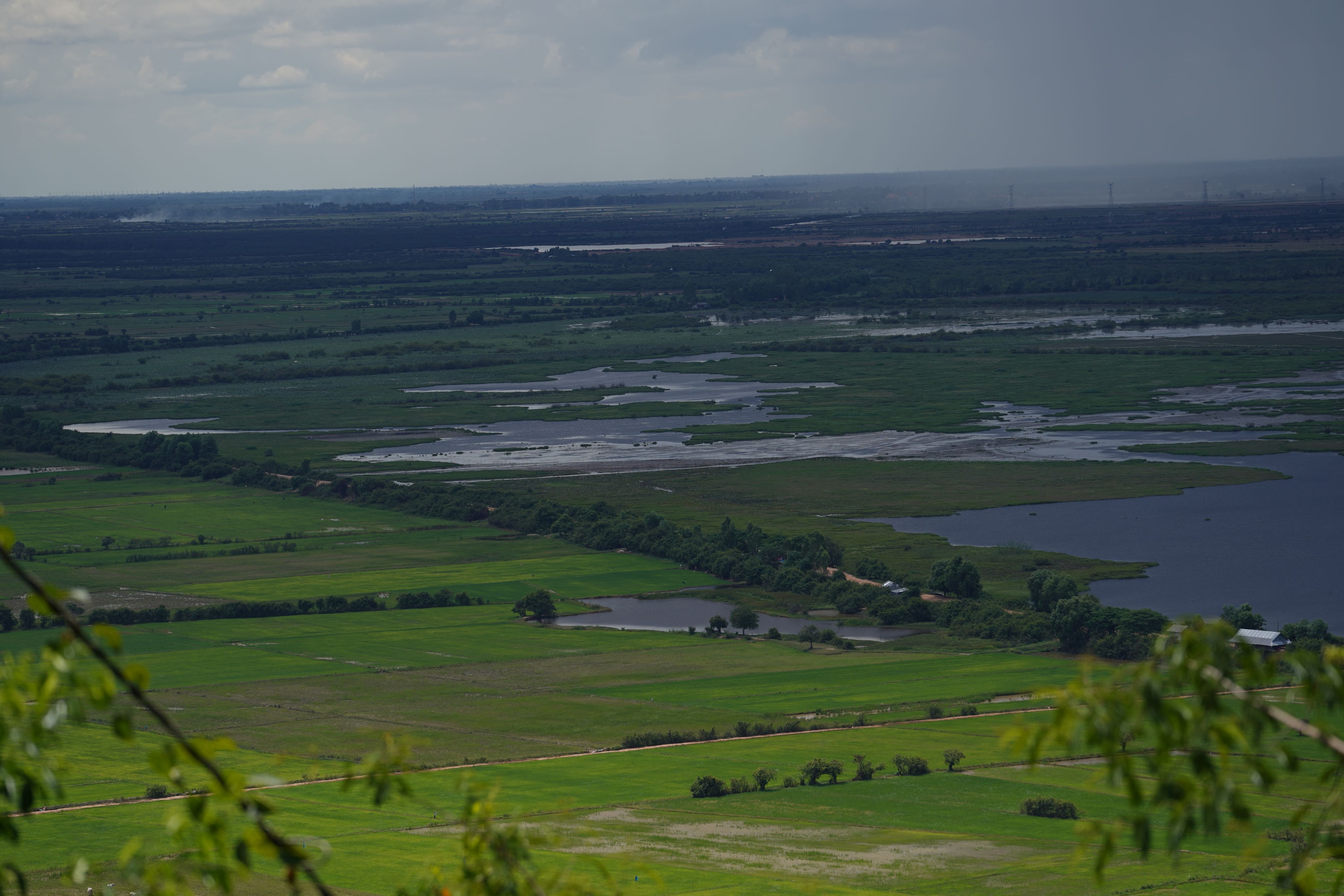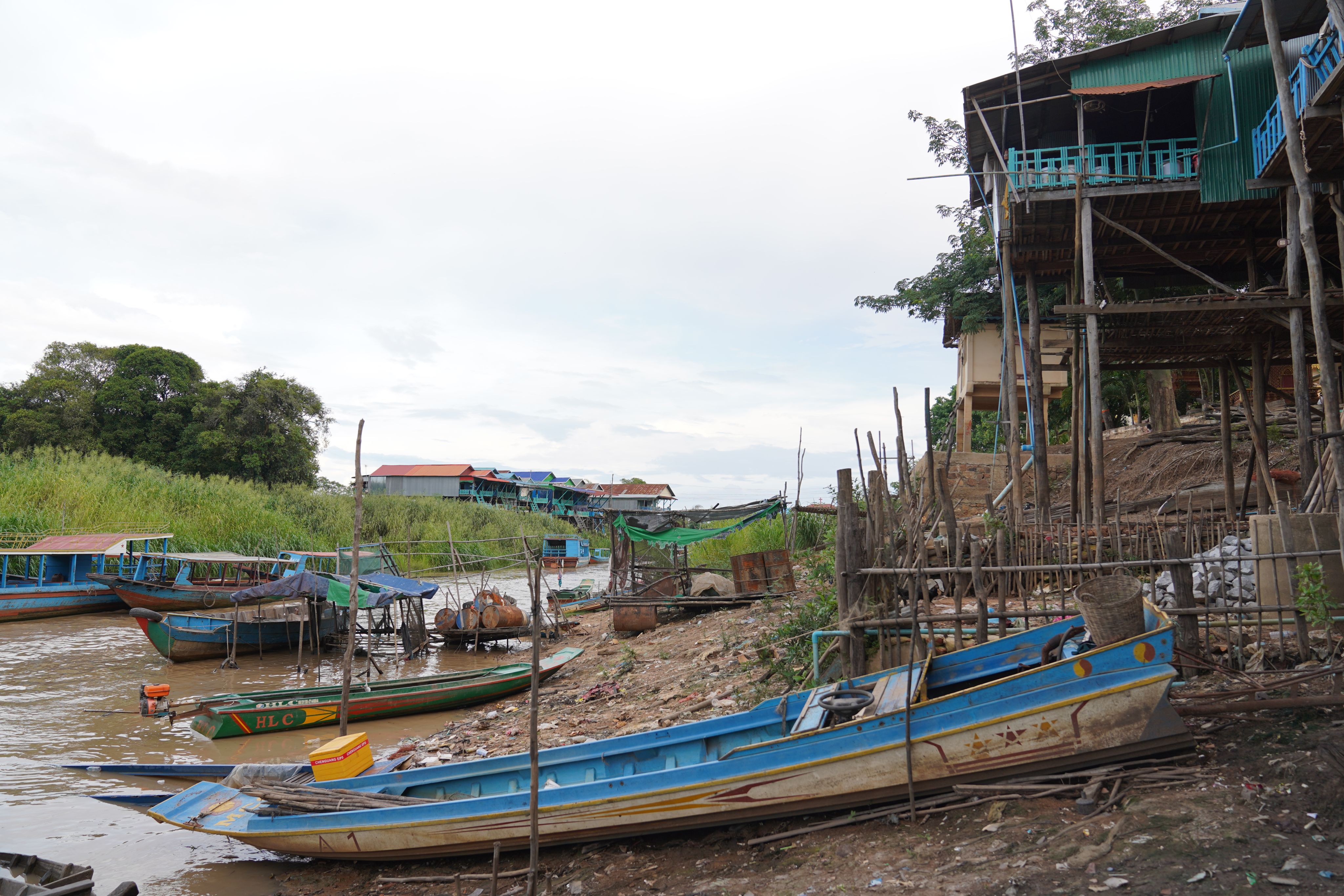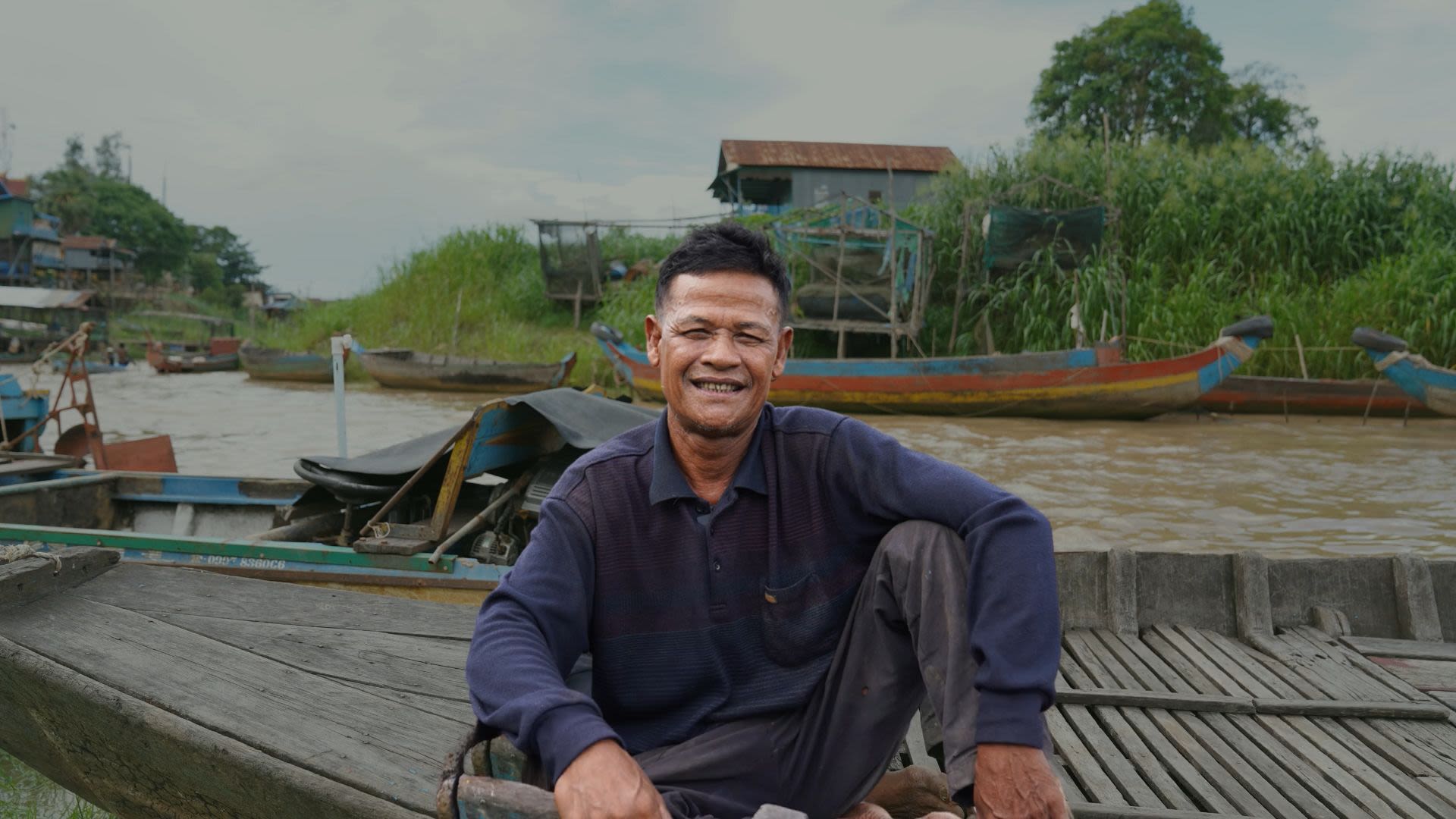
“In 1981, I joined the army as a soldier. Five years later, during a bomb incident, I lost one leg. As I am disabled, I face difficulties during fishing. Luckily, my son can help me when I’m on the boat”, says Yim Sam An, who became a fisherman at the age of twelve, shortly before the Pol Pot regime came to power.
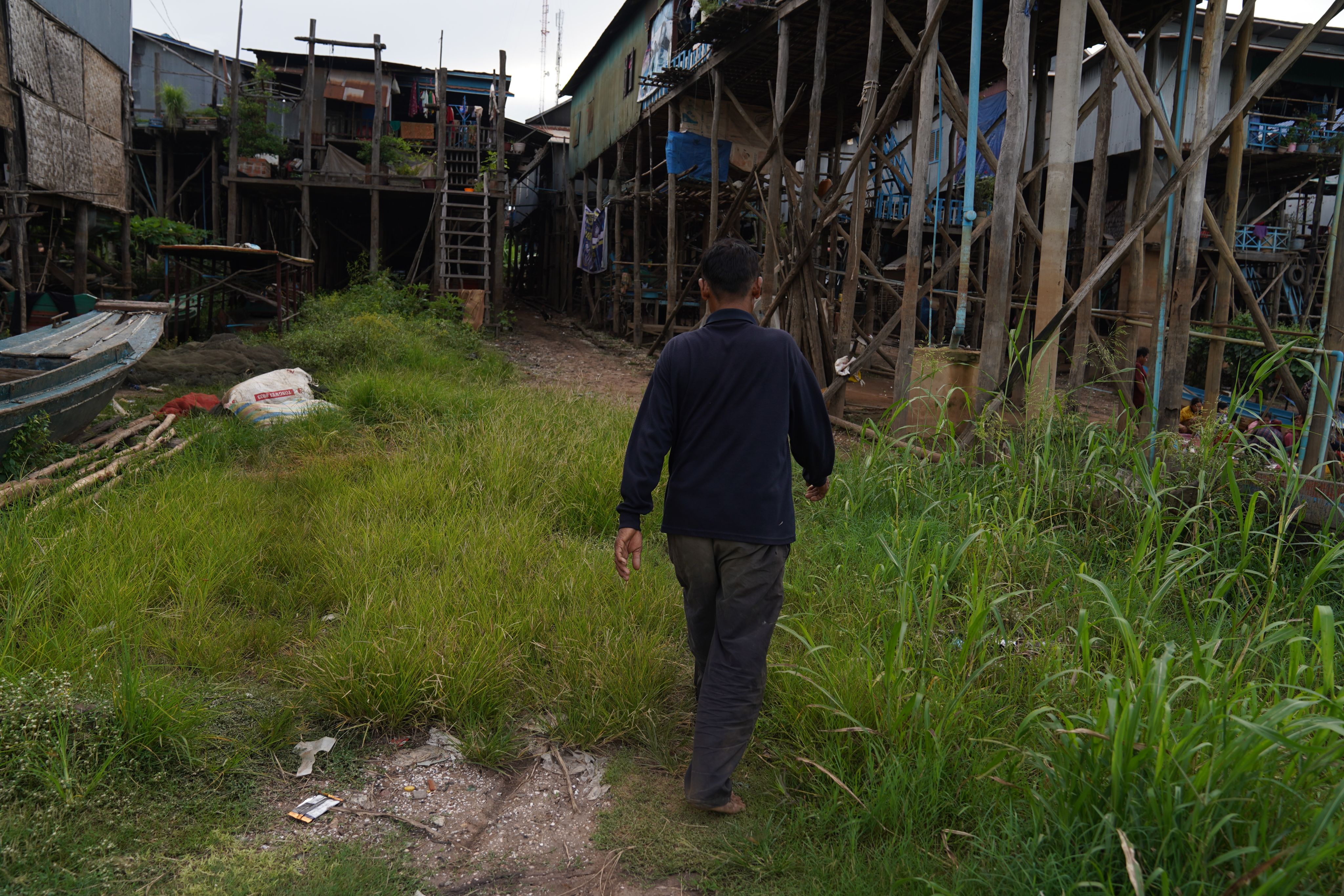
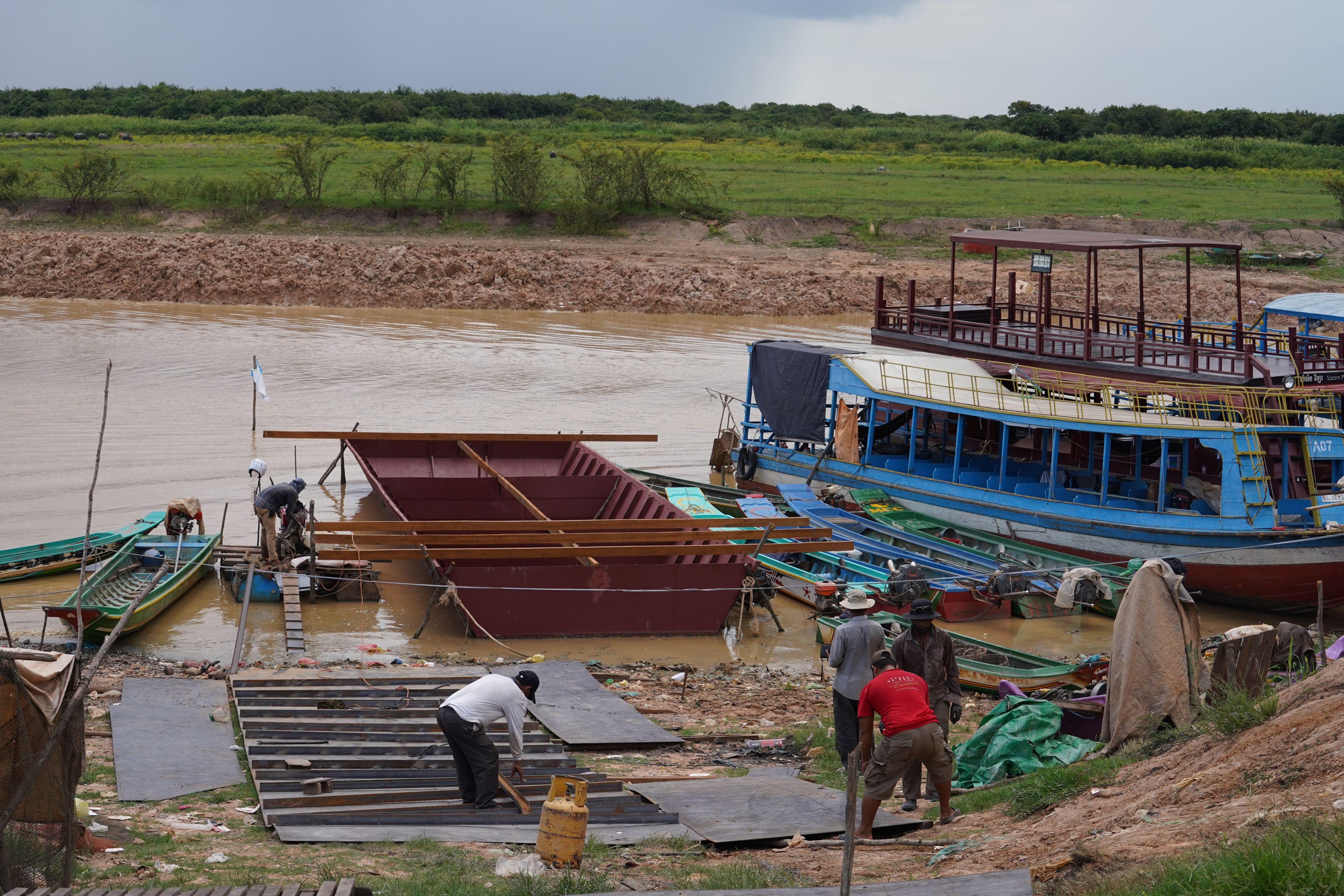

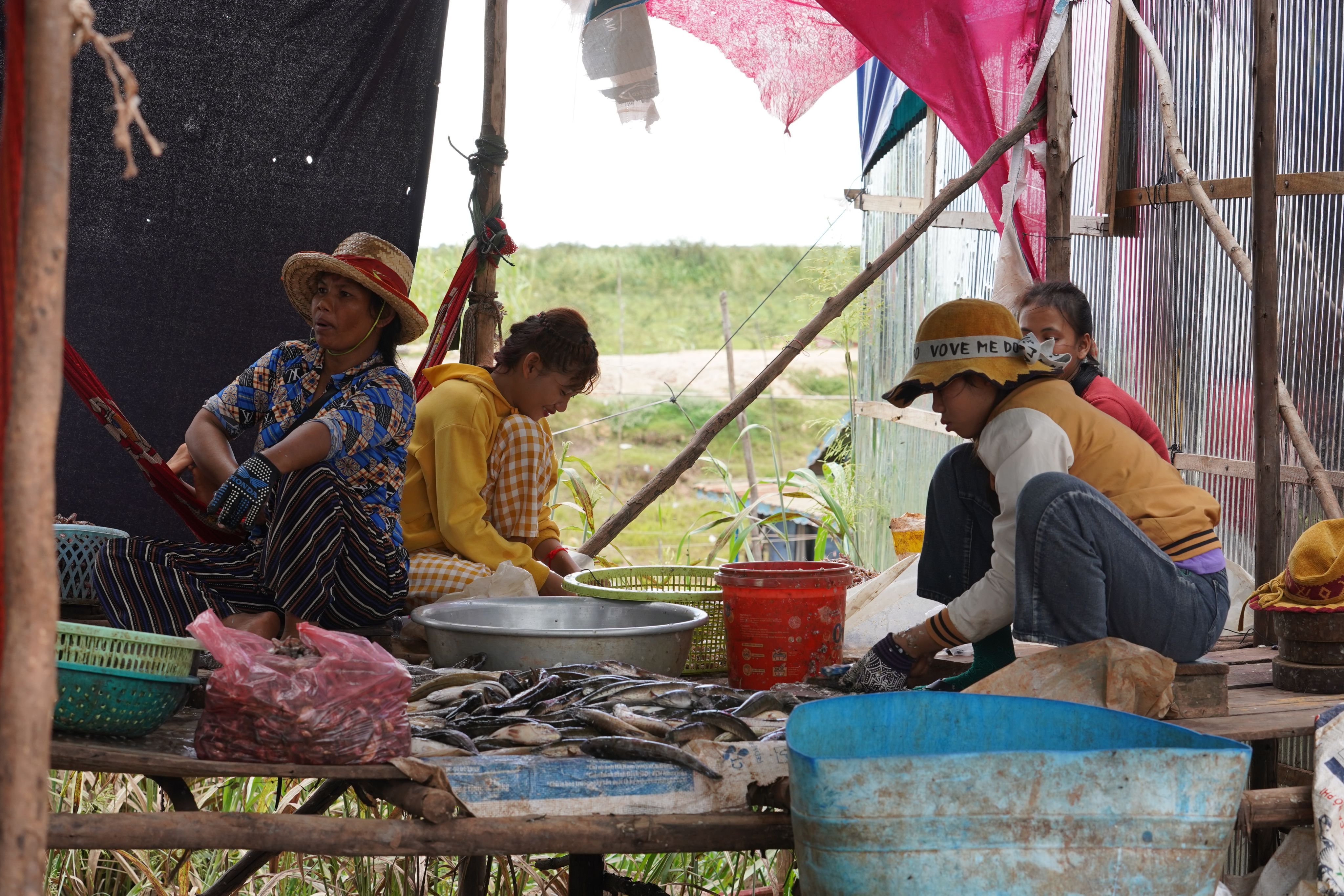
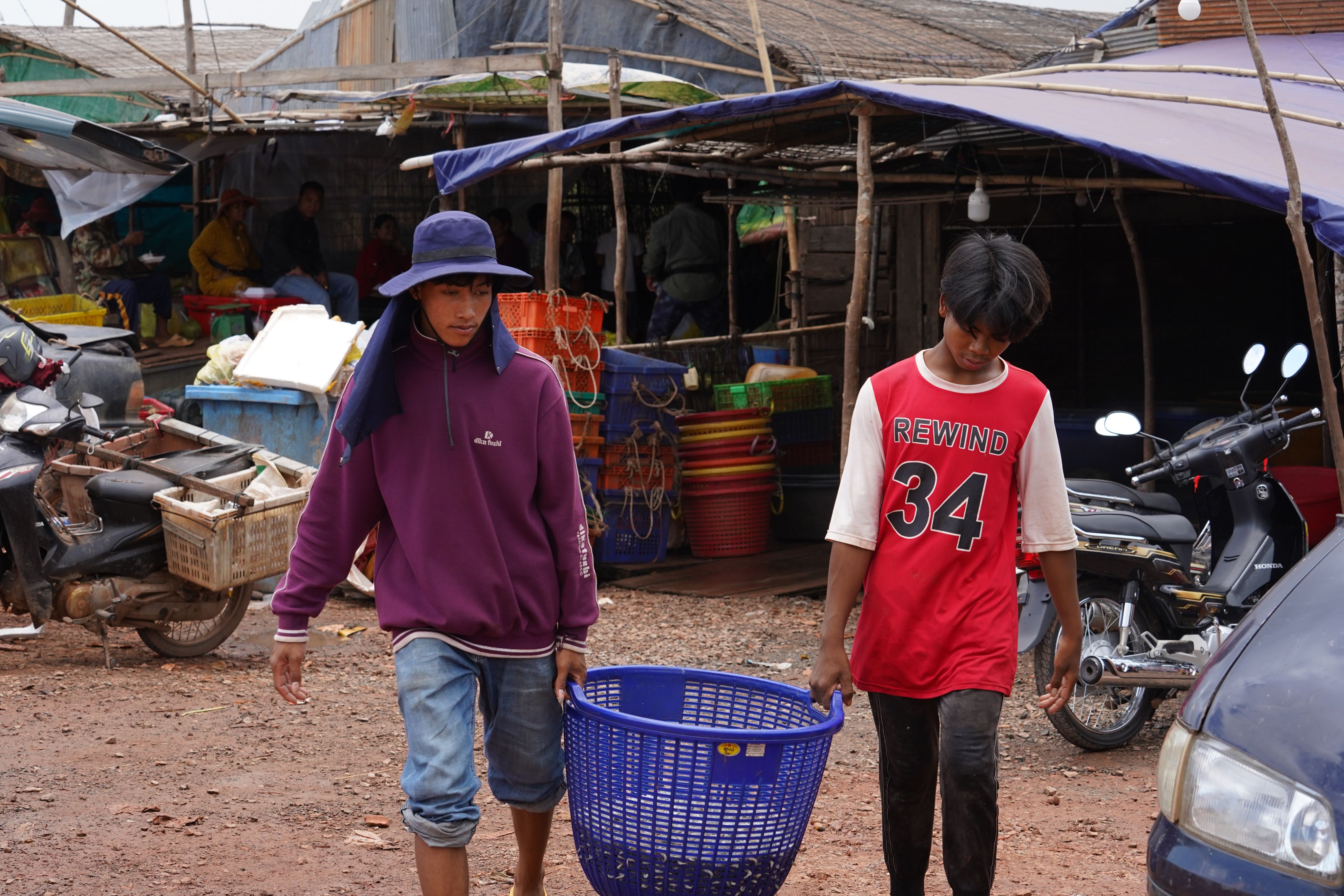


“As we live in these areas, fish is our primary food source. We seldomly eat red meat‚ only on rare occasions. So, I guess it’s a good thing, I heard from the doctor that consuming fish is better than meat. We use money we earn from selling fish to buy rice, vegetables, and to cover other expenses”, says Yim Sam An.
According to the Fisheries Administration, fish from the Tonle Sap Lake provide over 75% of protein intake in the Cambodian diet. The lake is home to more than 300 species of fish and serves as a crucial breeding ground for many endangered giant fish species as well as migratory populations in the Mekong River basin.
In recent years however, fishermen like Yim Sam An have not been able to fill their nets sufficiently.
“Fish populations have been suffering due to climate change, drought, and habitat destruction, overfishing and the impacts of dams on the Mekong River. Before, it was not too challenging to be a fisherman. But for the past few years, it has become hard. The many cases of illegal activities have led to the decline of fish populations in Tonle Sap,” fisherman Yim Sam An deplores.
Over-exploitation and illegal fishing methods, including the use of electric prods and oversized nets, are a major threat to the fish stocks of Tonle Sap.
Recent changes in the lake’s hydrological system and floodplains are threatening hundreds of communities relying on the lake resources for their livelihoods. Land developers and commercial farmers are seizing territories in the flooded forest and wetlands of the floodplain, destroying key wildlife habitats in the process. Deforestation poses a continued threat to the flooded forest, the key breeding ground for fish and the endangered water birds, as residents still fell trees for firewood and agriculture.
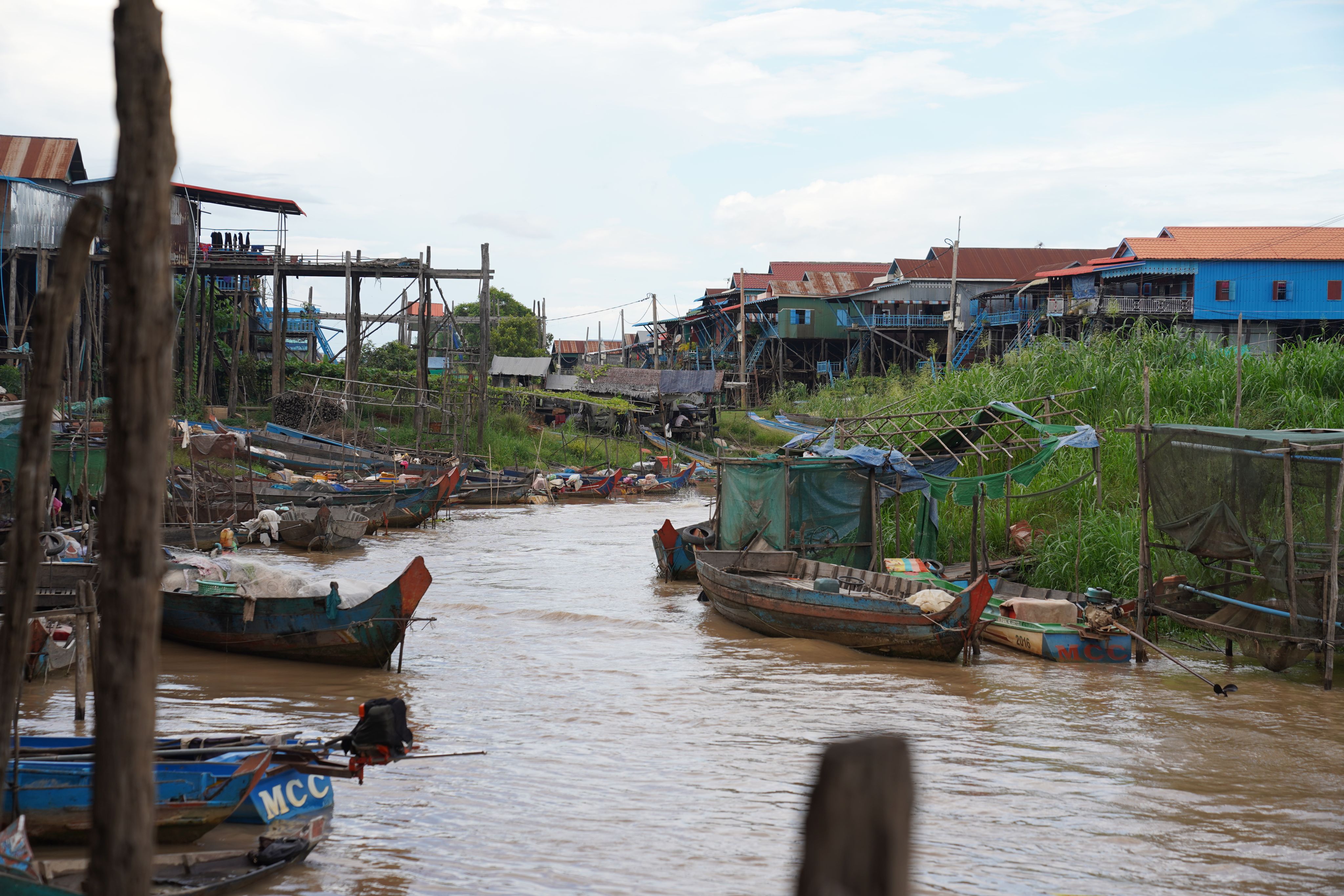
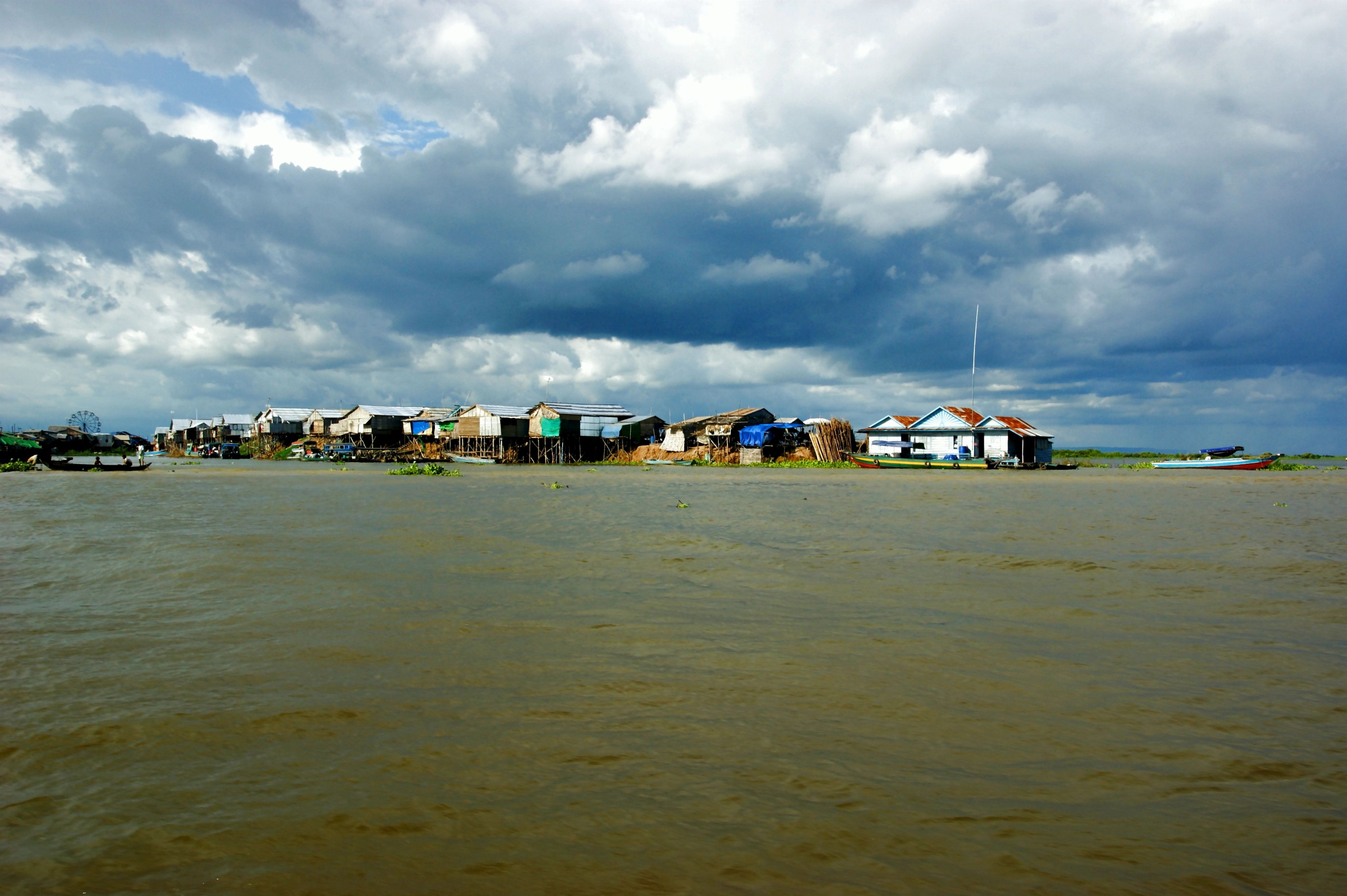
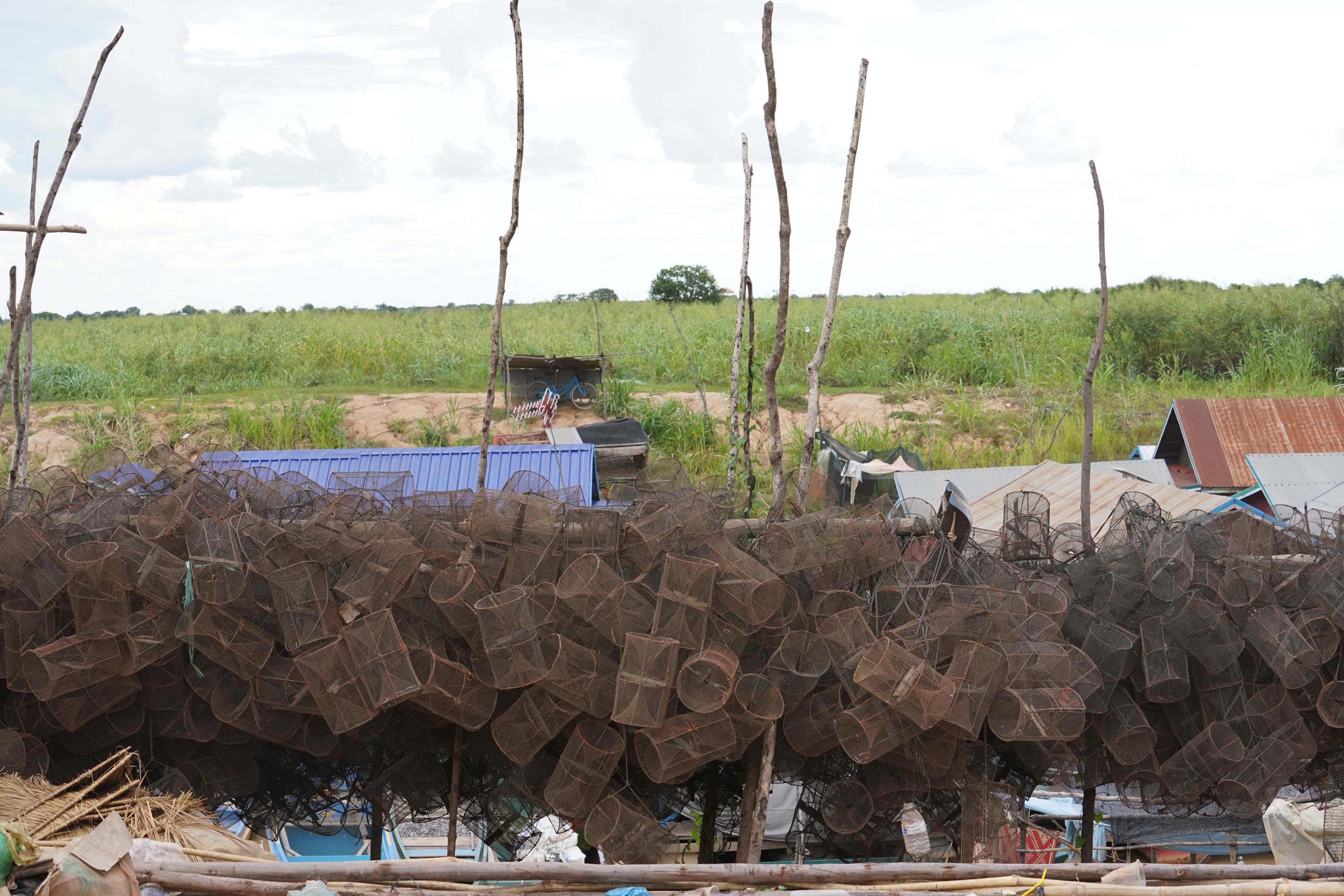
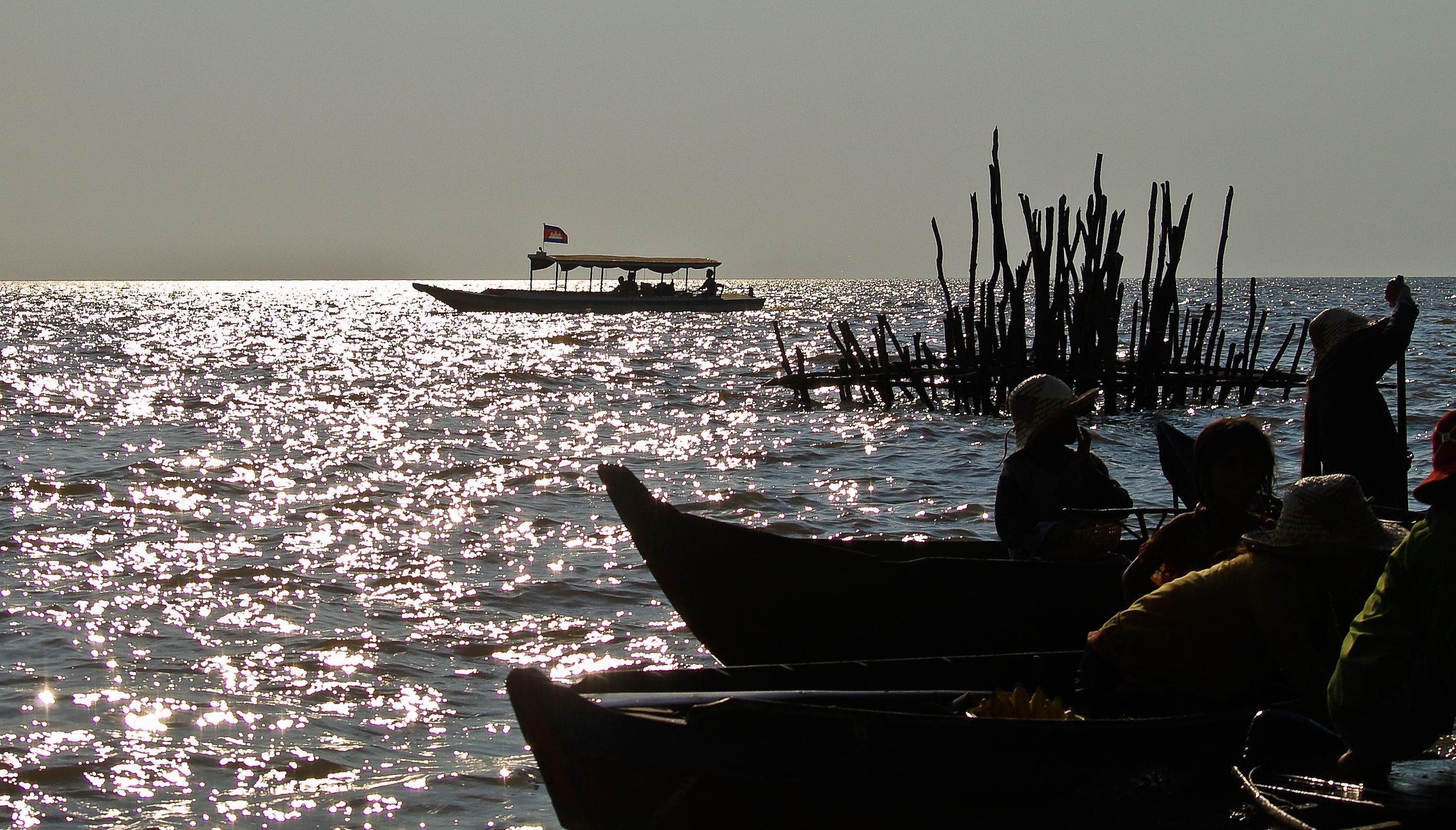
“Now, our government has taken intense action to tackle illegal fishing, so the fish population can recover and slowly increase again. This is crucial for us so we can have enough food and have a better livelihood,” says Yim Sam An. Earlier this year, the Cambodian government had launched a campaign to prevent clearance and encroachment on flooded forest conservation zone in the Tonle Sap Lake, following a directive issued by Prime Minister Hun Sen.
Yim Sam An sees a silver lining on the horizon: “A few years back, when there were no flooded forests, the fish could not find any place to lay their eggs. I am now hopeful to see villagers and local authorities planting trees every year, so we have a chance to restore some of our flooded forest areas”.
“Just like humans need a home, our fish need the flood forest as their shelter.”
Yim Sam An, Fisherman Tonle Sap Lake
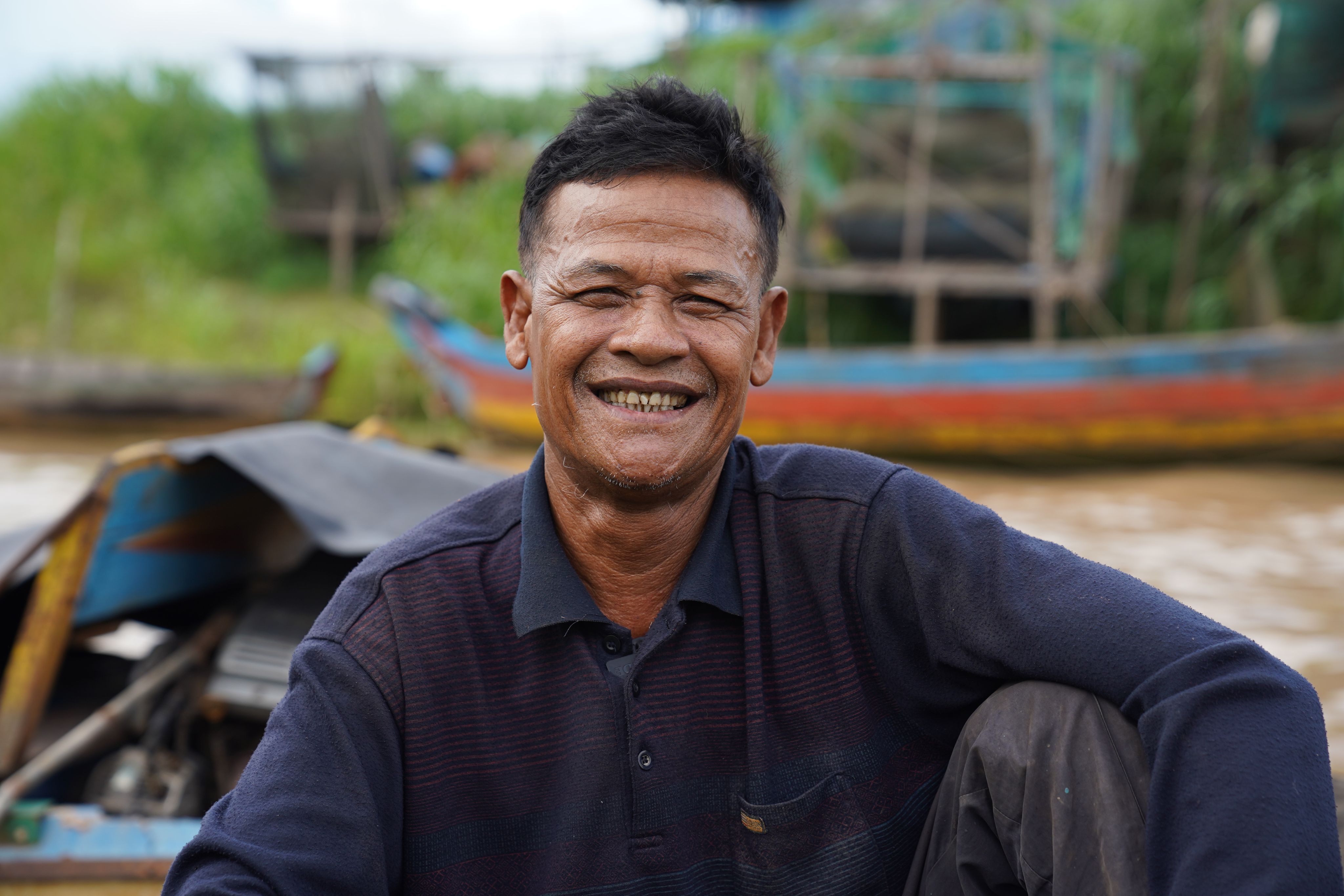

Footnotes
Additional project information
- Learn more about the FCPF REDD+ Readiness Project, REDD+ in Cambodia, UN-REDD in Cambodia, Cambodia’s National REDD+ Strategy and UNDP’s work in Cambodia
- The UNDP Climate & Forests Team assists different countries and stakeholders in the implementation of the Paris Agreement by reducing deforestation, forest degradation and promoting sustainable development pathways.
- Since July 2019, UNDP has supported the Royal Government of Cambodia to protect and restore the flooded forest and its biodiversity within the lake area to improve fishing productivity, reduce carbon emissions and prevent erosion. With the main objective to promote an integrated and sustainable flooded forest rehabilitation and management in the Tonle Sap Great Lake, the project focuses on promoting more sustainable management practices, capacity building for local authorities and community engagement in the flooded forest conservation areas.
This story has been kindly supported by the Forest Carbon Partnership Facility (FCPF), UNDP Cambodia, UNDP Climate & Forests, and the Cambodian Fisheries Administration (FiA) of the Ministry of Agriculture, Forestry and Fisheries (MAFF).
Story credits:
Texts, Video Production & Visual story layout: Roxana Auhagen
Photos, Videos & Collaboration: Ratha Soy, UNDP Cambodia
Animated title visuals: Sila Alici Kavuk
Other photos as noted.
Disclaimer
The series explored the intricate relation between flooded forest landscape (the Tonle Sap basin) and local communities living within and/or surrounding the landscape. It does, however, not represent the general condition of the entire community and/or the Tonle Sap landscape as a whole.
Unless expressly stated otherwise, the views, findings, interpretation, and conclusion expressed in this multimedia series are those of the participant(s)/respondent(s) only and do not necessarily represent those of the United Nations Development Programme, including the Fisheries Administration, Forest Carbon Partnership Facility (FCPF) programme, Ministry of Environment, local communities, or the consultant engaged in preparing the case study.
The United Nations Development Programme does not warrant that the information contained in the story is complete and correct and shall not be liable whatsoever for any damages incurred as a result of its use.
